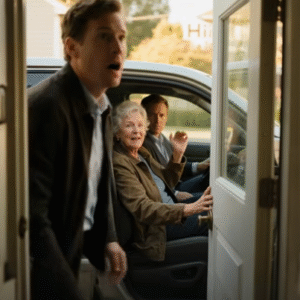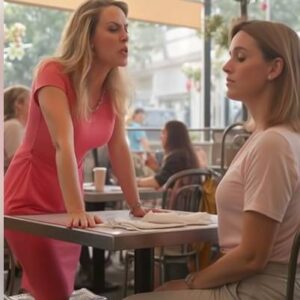A Day at Target: The Red Spheres Mystery
It was a typical weekend afternoon when I took my child to our local Target. As we neared the entrance, my child, like many others, was drawn to the large red spheres outside. These spheres, often seen as decorative, usually fascinate children. However, this time, as my child climbed onto one, a passing man yelled at us. His disapproval left me questioning: what are these red spheres for, and why did his reaction seem so strong?
Understanding the Red Spheres
The red spheres, known as bollards, are a common feature at Target stores. While they may seem like mere decorations, their main purpose is practical. They are placed strategically to prevent cars from driving too close to the entrance, ensuring pedestrian safety. Their bold red color and size make them both a visual statement and a protective barrier. However, their appearance often misleads children, who see them as inviting objects to climb.
The Dual Purpose of the Spheres
Target’s red spheres serve two key purposes. First, they are a safety measure, preventing vehicles from encroaching onto the pedestrian area. Second, they are part of Target’s brand identity. The striking red color ties into the store’s branding, making the spheres an iconic and recognizable element of the store’s exterior design.
Safety Concerns and Public Perception
While the red spheres are primarily for safety, they often become a point of concern when children climb on them. The risk of falls or accidents is a genuine worry for parents and onlookers. The man who yelled at my child likely acted out of safety concerns, though his approach was less than ideal. Public opinions on the spheres vary. Some view them as harmless fun for children, while others see them strictly as safety features that shouldn’t be tampered with.
Parental Reactions and Public Etiquette
As a parent, I felt embarrassed and defensive in that moment. It’s natural to want to protect your child from perceived threats or criticism. This incident highlighted the importance of public etiquette and clear communication. While the man’s reaction was abrupt, it reminded me that public spaces are shared, and safety and respect for others should always come first. Parents can use such moments to teach children about respecting public property and its intended purpose.
The Role of Public Art and Decor
The red spheres, while functional, also contribute to public art and design. They show how practical objects can enhance the visual appeal of a space. In urban areas, public art enriches the community’s cultural landscape, offering aesthetic value and a sense of identity. The challenge is to balance the artistic aspect with functionality, ensuring both safety and engagement for the public.
Conclusion: Balancing Safety and Aesthetics
The experience outside Target was a learning opportunity, emphasizing the need to balance safety with design in public spaces. Though the red spheres are mainly for protection, their inviting design encourages interaction, especially from children. As parents and community members, we must educate ourselves and our children about the intended use of such structures while supporting designs that consider both safety and engagement. By fostering understanding, we can create public spaces that are safe and enjoyable for everyone.





